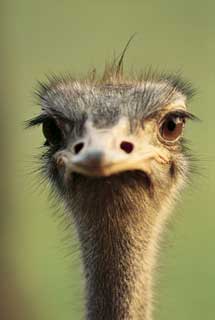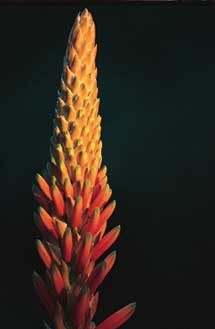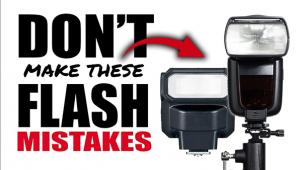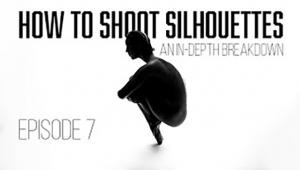Wide Open! Large-aperture magic
You should always shoot with your eyes wide open (at least, the one looking through the viewfinder). But often it pays to shoot with your lens wide open, too.
Wide apertures let in more light, so you can use a faster shutter speed in any given light level. This is handy for anything from low-light photography to action shooting.
 |
 |
|
|
||
Another benefit of shooting wide open is very limited depth of field. If you're shooting a portrait, and the background is distracting, and you can't move the subject or camera, just open the lens to its widest aperture, and the background distractions will magically blur into insignificance. This effect is greatest when you use a longer focal length and shoot at a close focusing distance--shoot a head shot from 4 feet away with a 100mm lens wide-open at f/2.8, and background distractions will vanish.
You can use this limited depth of field for more than just making background distractions go away. Through the technique of selective focus, you can direct the viewer's attention precisely to where you want it in the image. The eye is drawn to what's sharp; focus carefully and throw everything else out of focus, and the viewer can't help but be drawn to the subject. For example, in a close-up of an animal, you can direct the viewer to the subject's eye(s) by focusing there and throwing the rest of the head out of focus.
 |
|
|
You can also spice up a flower close-up by including a foreground element and blurring it via selective focus. Just be sure the out-of-focus element enhances the image and doesn't distract from the main subject.
 |
|
|
Of course, there are drawbacks to shooting wide open. Limited depth of field can be a good thing, as just explained. But it can also be a bad thing, if you need great depth of field for a shot (in that case, use a faster film or set a higher ISO on a digital camera, and stop the lens down). And various lens aberrations are more evident when the lens is wide open, resulting in reduced image quality. But all in all, today's name-brand lenses perform very well wide open, and the benefits far outweigh the drawbacks. Give it a try!
 |
|
|








































